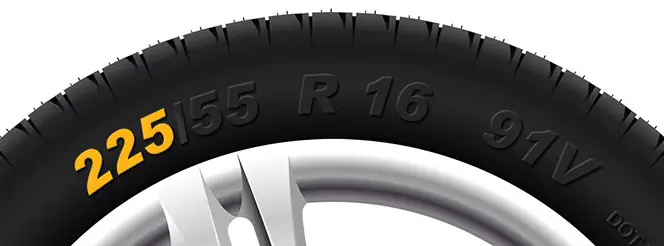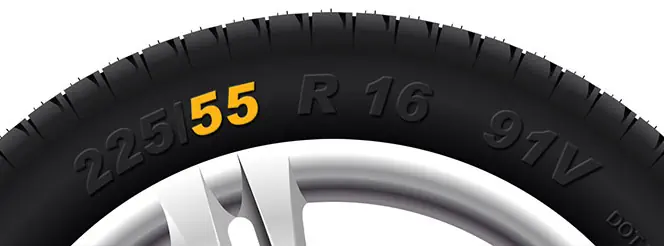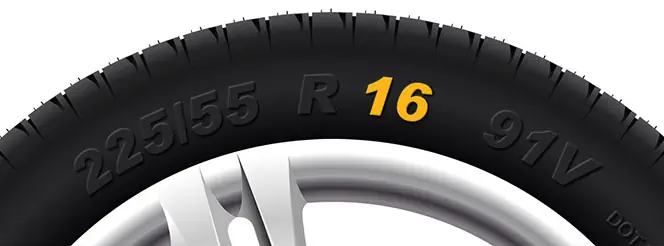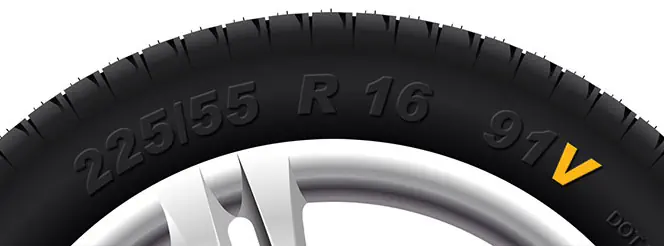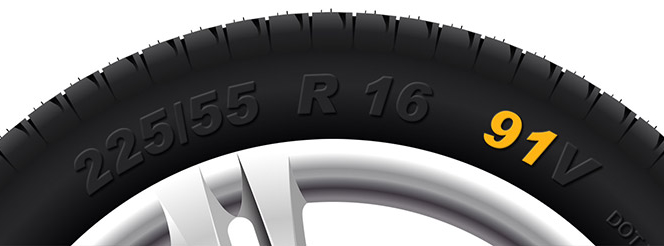What’s The Difference Between An MOT And A Service?
Kwik Fit | Tuesday 25th March 2025 10:52am

When you think about vehicle maintenance and measures you can take to keep your car in roadworthy condition, what’s the first thing that comes to mind? We’d hazard a guess that you answered either a regular service or an annual MOT test.
Both are good answers, but many drivers confess that they don’t know the difference between the two – or even what goes on when they bring their car into the garage for these essential checkups.
In fact, research from Kwik Fit shows that as many as 59% of Brits are confused by what’s included in their MOT and service, so we thought we’d take a moment to explain the differences - and also dispel a few common myths.
What is an MOT test?
The MOT test is an annual inspection of your vehicle that is required by law. It follows a strict checklist of criteria set out by the DVSA that determines if your vehicle is fit for purpose and in roadworthy condition. Your vehicle may require additional work in order to pass your MOT, but the test itself does not include any repairs or replacement parts.
What does MOT stand for?
In a recent survey we found that 85% of drivers didn’t know what the acronym MOT stood for. Despite being defunct since 1970, MOT still stands for Ministry Of Transport.
But while the Government department responsible for our transport network has gone through several identity changes in the four decades since, and has been known as the Department for Transport since 2002, the name has stuck as far as the MOT test is concerned.
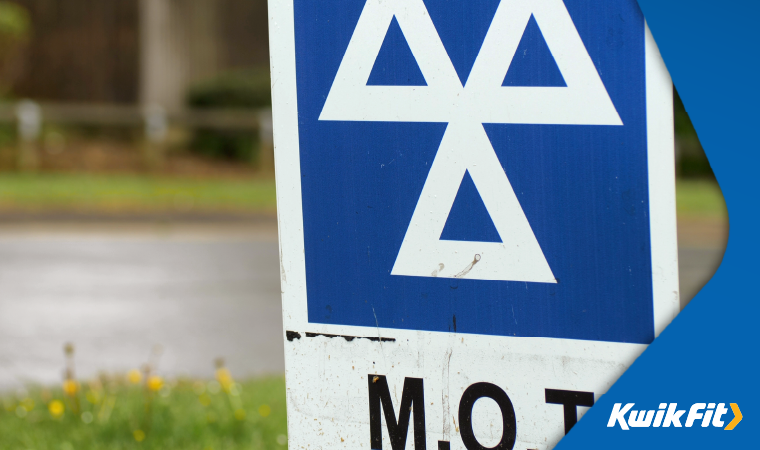
What is included in an MOT?
An MOT test will check the following parts of your vehicle. For a more detailed explanation of each, head to our main MOT page.
- Vehicle Identification Number
- Registration plate
- Lights
- Steering and suspension
- Wipers and washer bottle
- Windscreen
- Horn
- Seatbelts
- Seats
- Fuel system
- Emissions
- Bodywork
- Doors
- Mirrors
- Wheels and tyres
- Brakes
The MOT test ensures the vehicle is safe to drive, but doesn’t mean the car is running as well as it could be. That’s because the MOT test covers what’s ‘safety critical’ in your vehicle, not necessarily the health of the vehicle. So, while things like brakes, lights, tyres, and seatbelts are covered in the MOT test, things such as your engine are not. That’s where a service will help.
What is a Vehicle Service?
A service is a vehicle inspection based on guidelines set out by your vehicle manufacturer, rather than the DVSA; it keeps your car in a reliable, safe, and fully-functioning condition. In some ways an MOT test and service are quite similar, and both include checks such as tyres, brakes, and seatbelts.
However, a vehicle service is more thorough, as it covers the vehicle health, not just the ‘safety-critical’ aspects of your vehicle. Services also include the replacement of some parts, such as the engine oil, in order to maintain the smooth running of your car.
A full service can also include replacement spark plugs, fuel filter, and air filter (where applicable) to further improve vehicle performance. Here’s a full list of what’s included in a service and how our service packages differ.
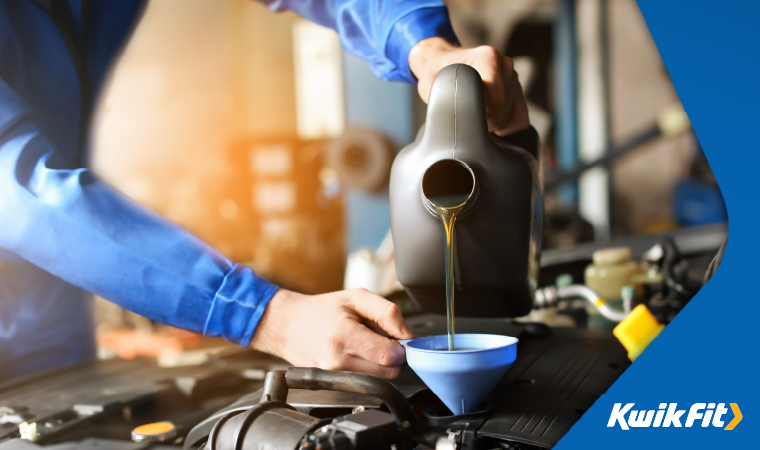
What's included in a vehicle service?
The vehicle components checked by a vehicle service differ based on the type of service you get — either full, interim, or a manufacturer service. All servicing types are usually very comprehensive and inspect vehicle components under the following categories:
- Vehicle interior
- Vehicle exterior
- Pre-alignment check
- Under the bonnet
- Under the vehicle
- Service item replacement
- Paperwork
- Road checks
However, interim services may not check things like climate control, mirrors, power steering, auxiliary drive belts, fuel pipes, and engine transmission, while a full service does. You can find a full breakdown of which checks are included in each service type on our servicing packages page or in our blog.
MOT vs service: What's the difference?
While an MOT is a legal requirement that ensures your vehicle meets certain safety and environmental standards, a service is a routine maintenance check to ensure the components of your car are in good working order.
- The MOT test is an annual check of essential components while regular servicing helps prevent breakdowns.
- Just because you pass your MOT does not necessarily mean your car is in peak condition — all it does is confirm that it’s met the minimum safety standards to be roadworthy.
An example...
To help explain how an MOT test differs from a service, let’s imagine a mountain climber preparing to climb Mount Everest.
1. Before setting off, you need to make sure that your body is up to the task. You visit a doctor who checks your general health to make sure you meet the minimum requirements for such a demanding expedition and have no health conditions that could put you in danger.
This is like your MOT. The test ensures your vehicle is roadworthy and meets minimum safety requirements set out by the DVSA.
2. With a bill of clean health, you could at this stage attempt the expedition – but that might not be such a good idea. Instead, you visit a fitness trainer who gets you into peak physical shape to take on the climb. Without this training, you may find you are exhausted and have to give up, or even seriously injure yourself in some way.
The fitness trainer is like the vehicle service, which prolongs the life of your car.
By not servicing your vehicle, you may end up breaking down and, in a worst-case scenario, doing irreparable damage to the engine.
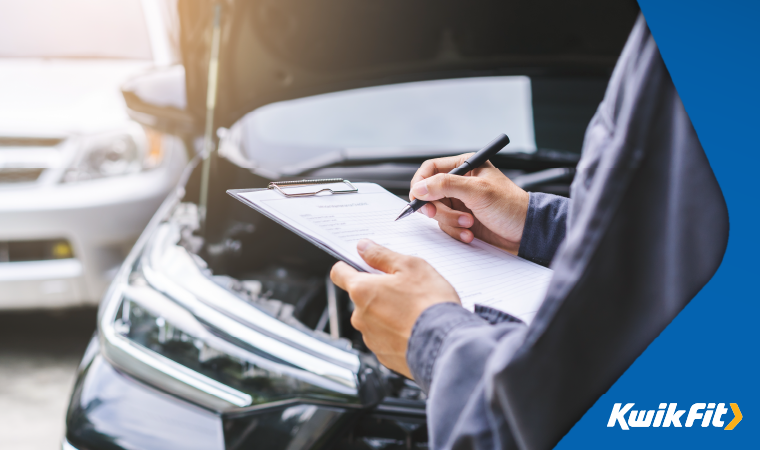
Why should you get a combined MOT and Service?
If your car is 3 or more years old, it is a legal requirement to have an in-date MOT certificate. Not only is it against the law to drive a car without an MOT, but your insurance will also become invalid.
Having your vehicle serviced is up to the driver, but here are 4 reasons why we think regular servicing is essential:
- Improved safety: wear and tear builds up over time, and just because your car feels ok, that doesn’t mean all is well. Regular servicing can highlight out-of-sight issues and provide peace of mind that the vehicle is safe and roadworthy.
- Vehicle lifespan: the better you look after your car, the longer it is likely to last. Regular servicing is crucial if you intend to keep your vehicle for a long time and want to enjoy many years of trouble-free driving.
- Save money: the upfront cost of a service may be off-putting, but avoiding your service can be much more costly in the long run. Regular servicing can help to identify issues early on that could later become costly and expensive to rectify. In addition, new oil and filters replaced during your service can make your car more fuel efficient.
- Increased resale value: when it comes to selling your beloved car, evidence of regular servicing or, better still, a full service history is likely to attract more buyers who will be willing to pay a higher price for such a well-maintained vehicle.
Common MOT & Servicing myths
As well as confusing an MOT for a service and vice versa, there are also a lot of misconceptions about what it means to have an MOT or a service carried out on your car. Here's just a few.
FALSE: “An MOT guarantees the general mechanical condition of your vehicle”
An MOT pass certificate means the vehicle meets the minimum road safety and environmental standards set out by the DVSA. The MOT tester is not permitted to dismantle any components on the vehicle therefore the MOT test does not give any indication of its mechanical condition.
FALSE: “Servicing your vehicle is a legal requirement”
While regular servicing is highly recommended to keep your vehicle in good shape, unlike an MOT check, an annual service is not a legal requirement, nor is it a pre-requisite to insuring your vehicle. But if you think you’ll be saving a few notes by putting off your service, you could end up forking out a lot more down the road if your car requires expensive remedial work that could have been avoided if flagged early during your service. Skipping a service really is a false economy.
FALSE: “Your vehicle is deemed roadworthy for the length of the MOT test certificate”
While the MOT test certificate lasts for 12 months, the MOT tester can only make judgments on the condition of the vehicle on the day it was tested. A lot can happen to the condition of your car in a year, so you can’t rely on the MOT certificate to reassure yourself that the vehicle is safe. Regular checks and maintenance such as tyre condition and pressure, topping up oil and fluid levels, and replacing blown bulbs are essential to make sure you stay safe on the roads.
MOT and Service from Kwik Fit
Kwik Fit offers MOT testing and servicing at our hundreds of centres across the UK. If your MOT expiration date is fast approaching, why not book your MOT and service at the same time at your local Kwik Fit centre? In doing so, not only will you save time, but also money, as we offer a discount when you book online for combined services.
Any facts, figures and prices shown in our blog articles are correct at time of publication.
Featured Articles
Is it Illegal to Drive With One Headlight?
Saturday 19th July 2025
Wondering if it’s illegal to drive with one headlight? Learn about the safety risks and penalties of illegal blown bulbs and why you should fix them promptly.
Air Con in EVs & Hybrids: Experts Answer Your Questions
Monday 30th June 2025
Does air con drain EV batteries? Can you use the air con while charging an electric car? Find out the answers to these questions & more from Kwik Fit’s experts.
Why Is Your Car Making a Noise? Fixes & Tips
Friday 13th June 2025
When your car starts making unexpected noises, it can certainly be quite disconcerting; it may be nothing to worry about, but here’s what you need to know.





